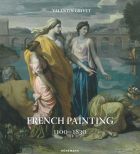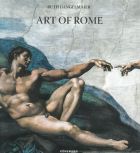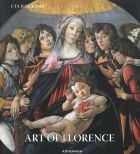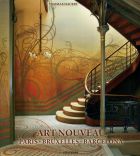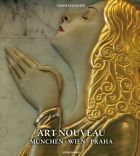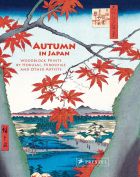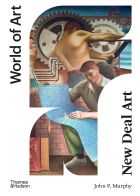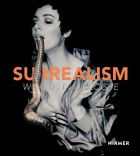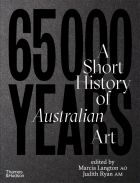V roce 2012 se součástí Nakladatelství Slovart stalo nakladatelství Brio. Nakladatelství Brio vydávalo ve spolupráci s předními spisovateli a výtvarníky nádherně ilustrované originální příběhy a sbírky pohádek pro děti od šesti do dvanácti let. Pro starší děti, mládež a dospělé Brio nabízelo sebrané spisy pohádek a bajek od renomovaných spisovatelů, doplněné o to nejlepší z klasické literatury celého světa. V této tradici pokračujeme také my v rámci stejnojmenné edice.





